- the talk presents the system used by EA’s Frostbite team to test the rendering engine
- shows an overview of the current state of the system and why they are the way they are
- discusses all the complexities and difficulties
- shows the tooling available and how different tools exist for different use cases
- additionally discusses trade-offs and development approaches
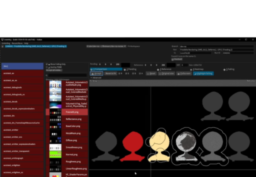
- the video explains the concept of a BVH (bounding volume hierarchy) and presents how it increases the performance of a raytracing implementation
- shows a detailed explanation and many visualizations of the behavior of the data structure and how to build an efficient implementation
- presents different heuristics that can be used to order the data for efficient access
- shows the results and presents performance improvements
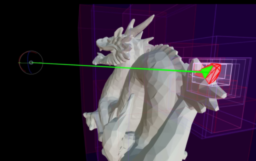
- the article provides an interactive walkthrough into the implementation of the Raymarching algorithm
- explains the logic of signed distance functions in 2D and expands these to 3D
- presents the implementation of a simple 3D raymarching scenes
- the provided code samples are interactive and can be used to get a better understanding of the presented techniques through experimentations
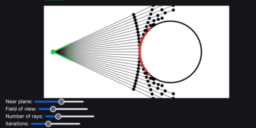
- the second path of the math tutorial series from GDC 2024 extends the dual quaternion knowledge (see last week 338 for prerequisite)
- starts by developing an intuition for plane representation (normal + distance), difference between positions and directions, and behavior under reflections
- additionally explains the understanding of homogenous concepts
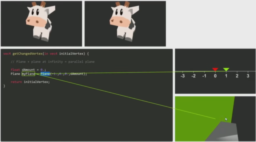
- the presentation presents updates done to the rendering pipeline of the internal engine used for Alan Wake 2
- focuses on explaining the technique selection and why the choices were made
- in-detail discusses the meshlet geometry pipeline and changes to the material system
- additionally discusses updates on the used transparency models
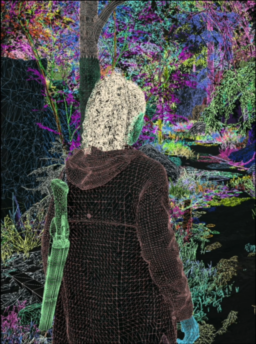
- the video recordings of Noise and Reconstrictions papers from I3D have been released
- covers FAST: Filter-Adapted Spatio-Temporal Sampling for Real-Time Rendering, Filtering After Shading With Stochastic Texture Filtering, and Cone-Traced Supersampling for Signed Distance Field Rendering

- following the REAC 2024 conference, this author composes his 10 predictions on how graphics engine architecture might evolve
- looks back at the history, current developments and looks into the future
- additional discusses how mobile requirements vary and how it might indicate a future on consoles and PCs as well
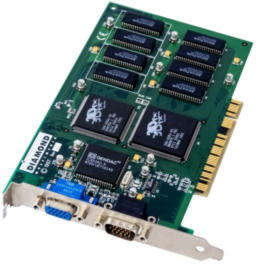
Thanks to Graham Wihlidal for support of this series.
Would you like to see your name here too? Become a Patreon of this series.